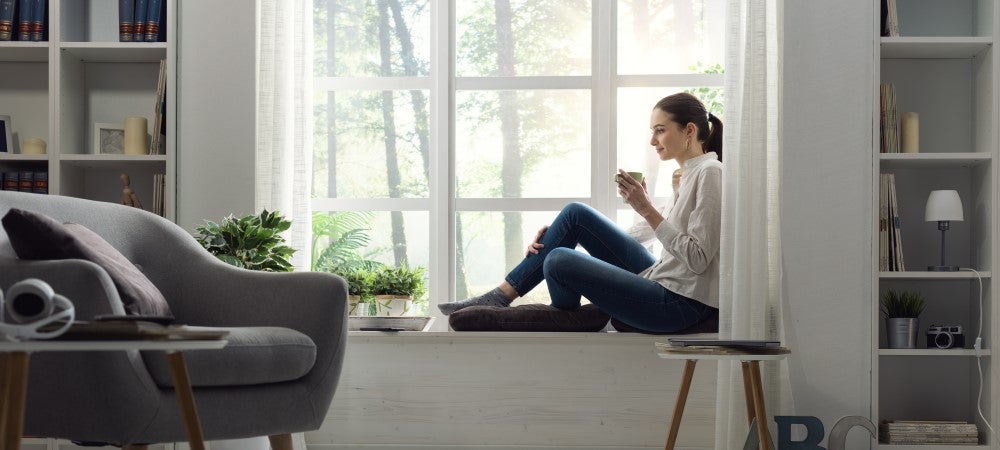The COVID-19 pandemic has taught us a lot of new practices, like social distancing and face covering. It’s also taught us a lot of new words, like antibody and PPE. The definitions of some of those new words are pretty clear once you learn them. Others are a little too similar to be sure. One of those troublesome pairs is quarantine and isolation. Both involve separation, but in different ways for different purposes.
Quarantine is used to keep someone who might have been exposed to COVID-19 away from others. It helps prevent the spread of the disease before a person knows they’re sick or if they’re infected with the virus but don’t have symptoms. Isolation is used to separate people who’ve tested positive for the virus from people who aren’t infected. Here’s what the Centers for Disease Control and Prevention tells us about both.
Who needs to quarantine?
Quarantining is the much more common practice since more people may have been exposed to the virus than actually have. It’s recommended for anyone who’s been in close contact with someone who has COVID-19, including people who previously had COVID-19 and those who’ve taken an antibody test and have virus antibodies.
Close contact typically means you’ve been within 6 feet of someone who has COVID-19 for at least 15 minutes, you had direct physical contact with that person (touched, hugged or kissed them), they sneezed, coughed, or somehow got respiratory droplets on you or you shared eating or drinking utensils with them.
Quarantining means staying home for 14 days after your last contact with a person who has COVID-19. While you’re at home, you also need to closely monitor your health. Things to watch for include fever (100.4◦F), cough, shortness of breath and other common COVID symptoms. If possible, stay away others in your household, especially people who are at higher risk from the virus.
Who needs to isolate?
If you have symptoms of COVID-19 or have already tested positive for the virus, you need to isolate – even if you’re asymptomatic (you have no symptoms). That means staying home until it’s safe to be around others, separating yourself in a specific “sick room” or area within the home, and, if possible, using a separate bathroom.
If you’re isolating, the only reason you should leave home is to receive medical care. Be sure to continue monitoring your symptoms throughout your isolation and seek emergency care immediately if you have any emergency warning signs (including trouble breathing). Avoid contact with other members of your household (including pets), wear a cloth face covering whenever you must be around other people and don’t share personal items like cups, towels and utensils.
When can isolation end?
When you can end your home isolation depends on different factors for different situations. The CDC offers the following recommendations:
- If you think or know you had COVID-19 and had symptoms, you can typically be with others after 3 days with no fever, your respiratory symptoms have improved and it’s been 10 days since your symptoms first appeared. Depending on your healthcare provider’s advice and the availability of testing in your area, you might want to get tested to see if you still have the virus. If you can be tested, you can be around others when you’ve received two negative test results in a row at least 24 hours apart.
- Plan to follow these same guidelines if you develop symptoms after testing positive, too.
- If you tested positive for COVID-19 but had no symptoms, you can be with others (as long as you continue to show no symptoms) after 10 days have passed since your positive test. Depending on your provider’s advice and testing availability, try to get tested to see if you still have COVID-19. Once you’ve had two negative tests in a row at least 24 hours apart, you should be OK to be around others.
Knowing the difference between quarantine and isolation is helpful but doing what you can to prevent having to do either is even more so. So, keep social distancing and continue wearing a cloth face covering whenever you’re around others. And if you do come in close contact with someone who has COVID-19, stay home for at least 14 days as a precaution. It isn’t easy, but it is the best way to slow the spread and bring us all back together at some point soon.

